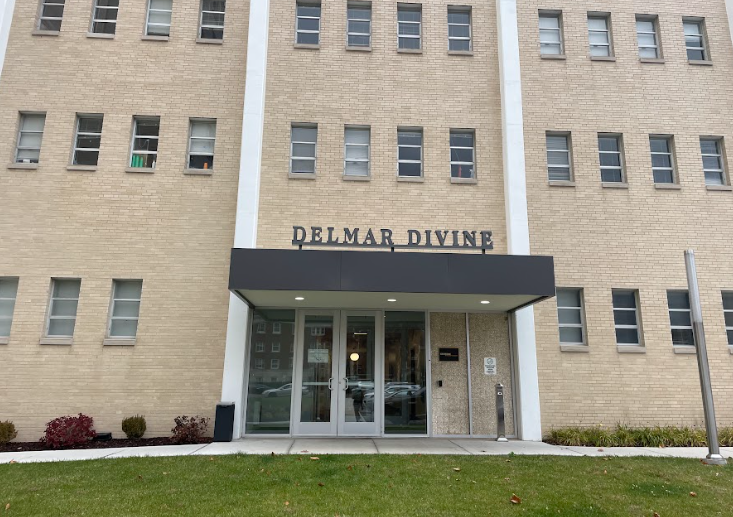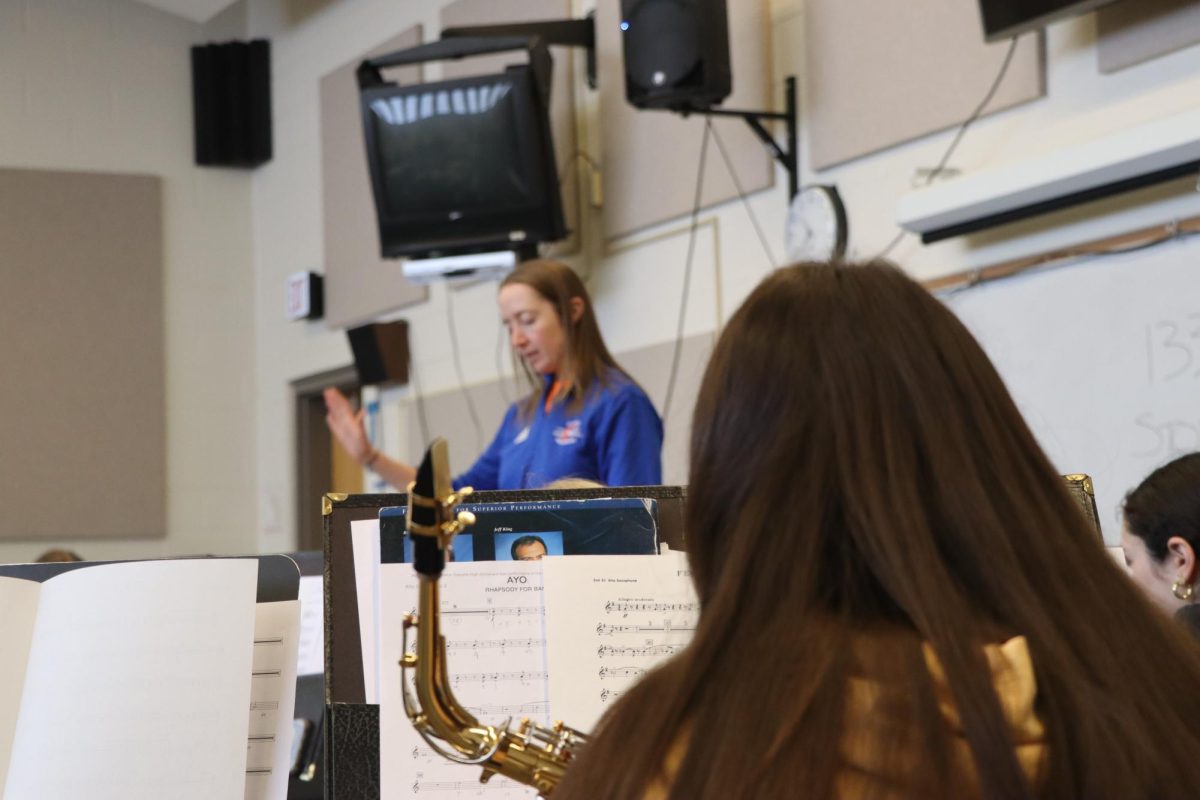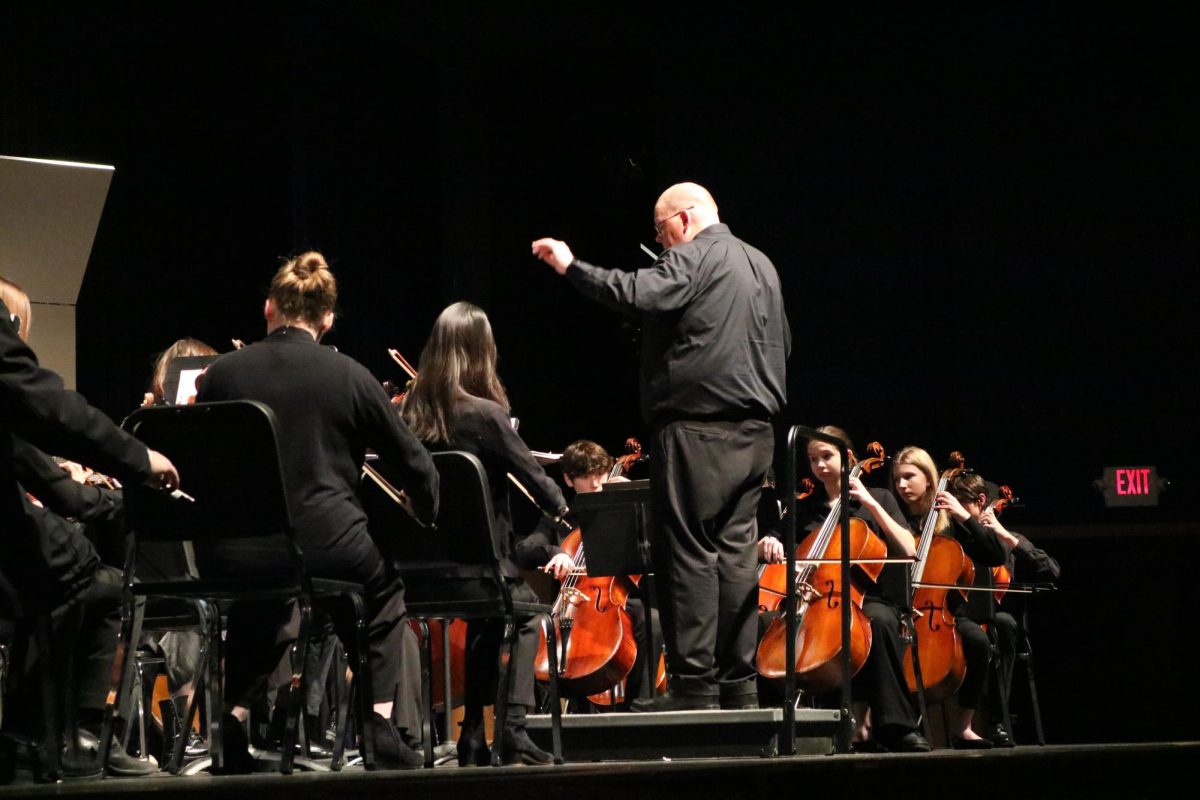To some, it may have seemed a sign of the apocalypse. Clayton, the paragon of public school education, failed to meet progress benchmarks on state standardized tests for 2009-2010 and was designated as “in need of improvement.â€Â Yet this label is no harbinger of future doom; it is partly the result of inadequacies in assessment methods employed by the state and the nation.
Clayton has been placed in Level Two of District Improvement because of its failure to meet Adequate Yearly Progress (AYP). Each year, a certain percentage of students in each grade level and each subgroup must score in the proficient or advanced categories of their MAP tests or End of Course (EOC) exams for high school students.
A subgroup is defined as any group of 30 or more students of a certain ethnicity in a certain grade level. Clayton’s ethnic subgroups include Caucasian, African-American and Asian students. Subgroups are also determined by socioeconomic measures, including free/reduced lunch and non-free/reduced lunch students, and by whether a student has an Individualized Education Program (IEP).
For the 2009-2010 school year, Clayton needed to have at least 67.4 percent proficiency in communication arts and 63.3 percent proficiency in mathematics. Only 61.5 percent of third grade communication arts students scored proficient or above, the only grade-level score that was inadequate.
In addition, scores in the African-American and free/reduced lunch subgroups, which are measured District-wide, not by grade level, did not meet targets. As a result of these subpar scores, Clayton did not meet AYP for the second year in a row and was designated as in need of improvement. Interestingly enough, all 24 St. Louis County districts are in some level of District Improvement.
Being in District Improvement requires the superintendent to send out a letter to parents in the community informing them of Clayton’s status and what it means, and it also mandates that each school develop an improvement plan.
“You try to look at the student and try to figure out what’s causing those difficulties, and what would be the best strategy for that child to start meeting grade level expectations,†said Heidi Shepard, Director of Assessment for the School District of Clayton. “And it does vary so much from building to building and child to child.â€
She said that could entail study halls, tutoring, after-school help, support classes at the high school, strategies classes, and time in the learning center.
This system of assessment and punishment for not meeting standards comes from No Child Left Behind (NCLB), the education legislation signed by President George W. Bush in 2002. Prior to NCLB, schools did not have to measure progress in subgroups. Now, many urban and suburban schools with diverse populations are having trouble meeting expectations.
“What you’ll find is that when you start doing research and you find districts outside of St. Louis who are making AYP in our state, they don’t have all these subgroups – they’re very homogeneous populations,†Shepard said.
She added that NCLB was “not addressing Clayton, per se,†but was instead going after schools that were satisfied with district-wide performance and ignored the achievement of their minority populations. And though Shepard said that NCLB is useful in that it forces schools to focus on those subgroups, its problems are numerous.
For starters, standardized testing is by no means a comprehensive method of measuring student achievement. Shepard called it just “a piece of the puzzle.†Extracurricular activities and course grades are just a couple other metrics of student performance.
“There’s so many ways to demonstrate learning, and so you want to look holistically at a student and not just focused on one moment in time,†said Clayton Superintendent Dr. Mary Herrmann.
Furthermore, NCLB’s goal is to achieve 100 percent proficiency by 2014 – every single student scoring proficient or advanced. Shepard said that this will never happen. To achieve this lofty goal, the percentage of students that must score proficient or above for districts to meet AYP goes up each year. As expectations increase to get to 100 percent, more and more schools will not meet AYP. In 2014, it seems very likely that every district in the nation will not meet AYP and be in some level of District Improvement.
In addition, nation-wide standards are lacking. The number of students that defines a subgroup varies by state – in Missouri it is 30, in Illinois 45 – and NCLB does not specify how high school students are tested or even which high school students should be tested. Illinois uses the ACT, whereas Missouri uses EOCs because its primarily rural population does not do well on the ACT, according to Shepard. The result of these discrepancies is an inability to compare schools across state lines based on standardized test performance.
To address these issues, many groups have proposed changes to the law. Nationalized standards are surely important, and a forerunner in the discussion is the growth model, which is seen by many as a more significant way of measuring progress. The model would measure a student’s growth over time rather than their performance relative to a benchmark.
“The growth model is really important because it helps us look individually and collectively,†Herrmann said. “It not only helps us look at how we’re doing with our students, it helps us look at each individual student in a meaningful way.â€
Tennessee has been using the growth model as a sort of pilot for several years, and Shepard said she is hopeful that it could be implemented on a larger scale in the near future.
So what is the true significance of Clayton being labeled “in need of improvement� Citing Clayton’s ranking as one of the top public schools locally and in the state, high ACT and AP scores and great high school students, Shepard said that “we have a lot of data to refute†what the label implies. Herrmann agreed that Clayton’s designation as needing improvement is by no means a condemnation of Clayton schools.
“It helps us, as educators, to be mindful of the work that we need to keep working on,†Herrmann said. “But just from my perspective, this is a pretty incredible place and a pretty high-performing school district, so you have to keep that in perspective.â€






